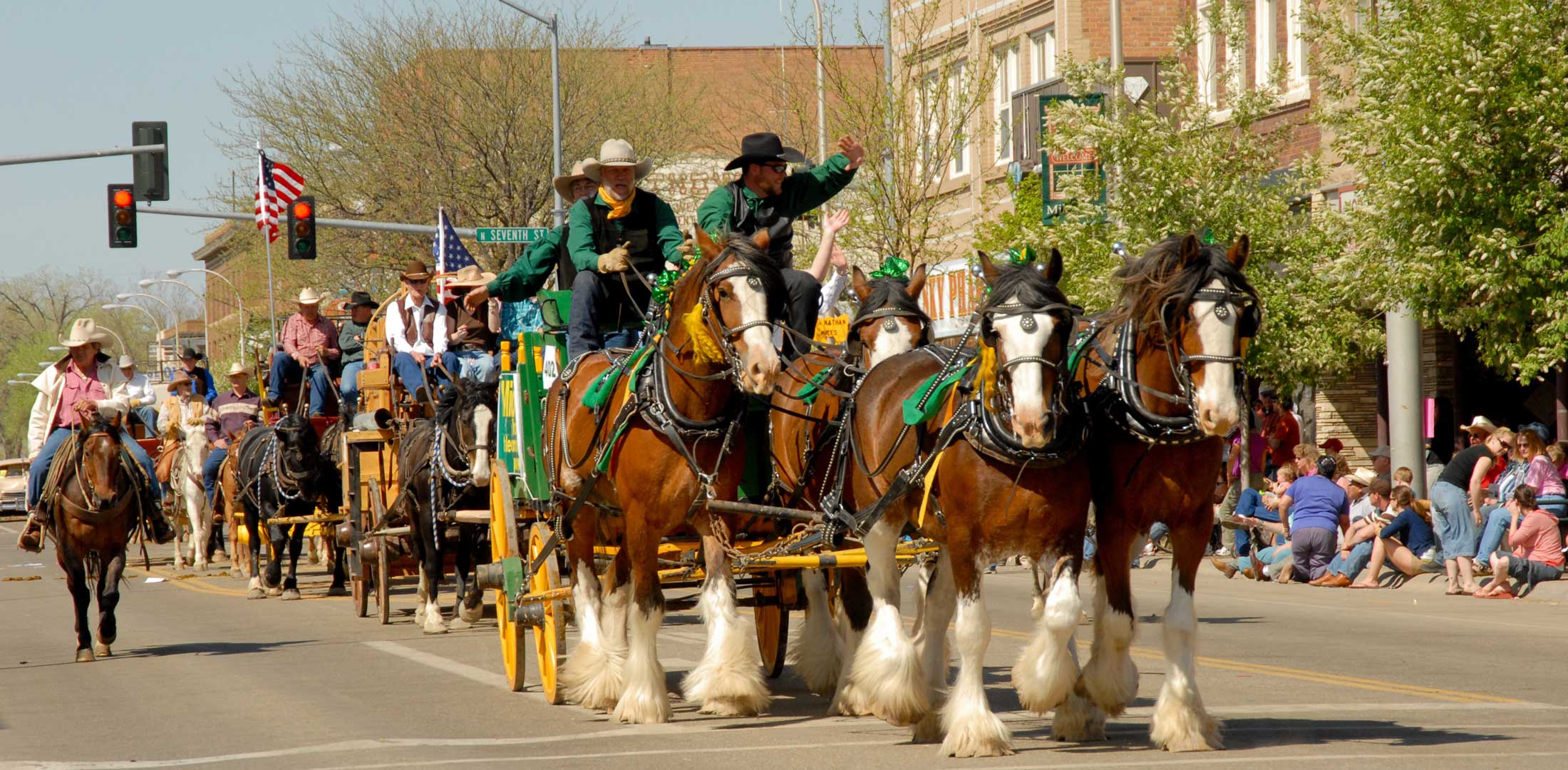CUSTER
Named for Lt. Col. George A. Custer, who was killed at the Battle of Little Bighorn, this town started as a freight station for traders. Today Custer is a friendly town along the Yellowstone River where visitors can enjoy agate hunting and fishing. Nearby, at the junction of the Bighorn and Yellowstone rivers, lies the site of Fort Manuel Lisa, the first building in Montana built by European settlers.


